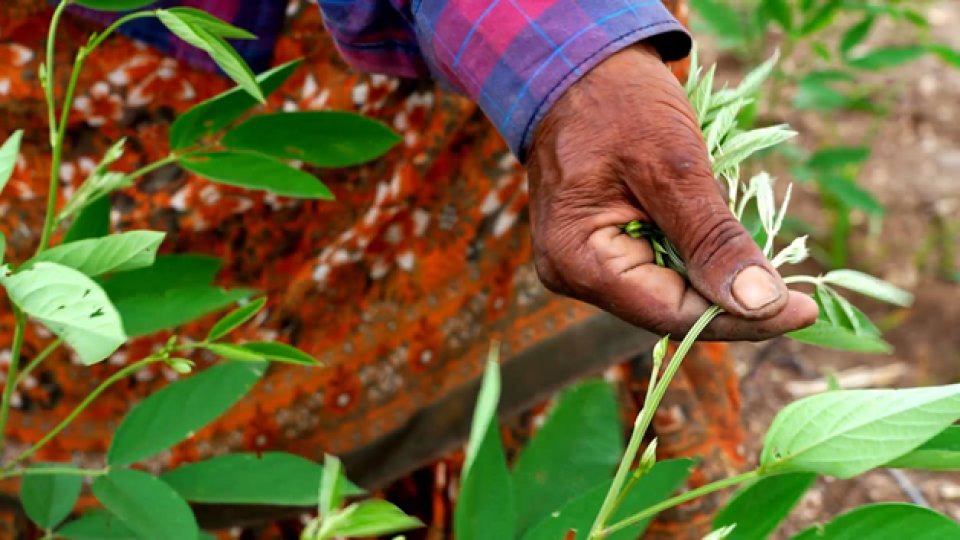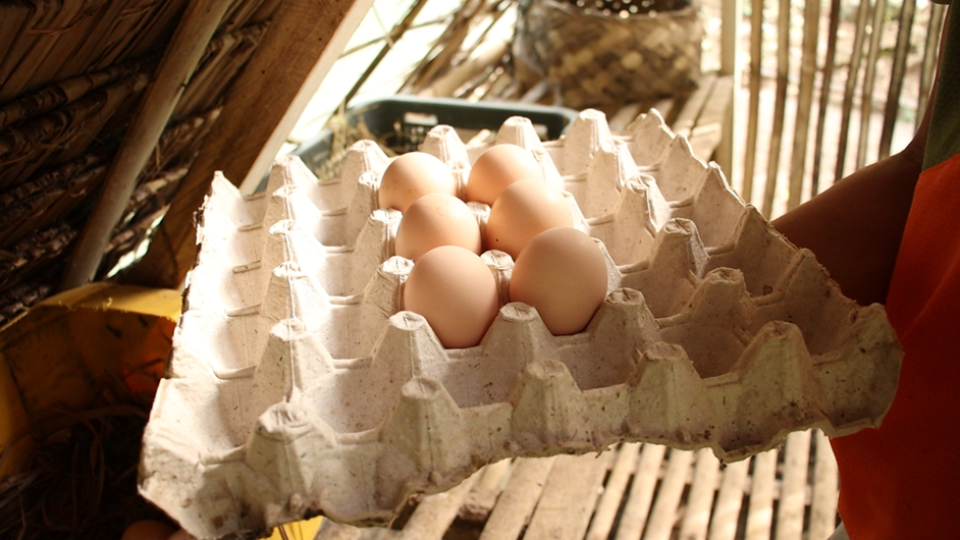
Degraded soil can be repaired, and replenished with nutrients, until it produces abundant harvests at lower costs, while removing carbon from the atmosphere, and putting it back into the ground. This is the optimistic message of David Montgomery’s book, Growing a Revolution.
In many parts of the world, soils have been degraded by frequent plowing. The benefits of releasing a burst of nutrients for the crops and killing weeds are overcome by exposure of the soil to erosion by wind and water.
In the Midwestern USA perhaps half of the original prairie soil, and most of its organic matter, have been lost in little more than a century of conventional tillage. Chemical fertilisers provide the major nutrients of phosphorous, potassium and nitrogen in the short run, but they undermine the soil’s long-term health by suppressing mycorrhizal fungi.
These mycorrhizal fungi feed plants while making glomalin, a protein that binds soil particles together. Plowing destroys the soil structure created by beneficial fungi and their glomalin.
Montgomery, a professional geologist, explains that most soils don’t need chemical fertiliser. They have enough phosphorous, potassium and all the minor nutrients like iron and zinc that plants need, but these minerals are locked up in stone particles and other forms not accessible to the plants.
The key to using these nutrients are beneficial microbes, like the mycorrhizal fungi that extract mineral nutrients from rock fragments and help to break down organic matter so plants can use it. Microbes trade phosphorous to plants for sugars. Predatory arthropods, nematodes and protozoa then feast on the microbes and release the nutrients back to the soil. A diverse soil life makes soil more fertile.
Synthetic fertilisers interrupt these interactions, and the mycorrhizal fungi die, so the crop becomes chemical-dependent. Soil that is rich in organic matter (that is, in carbon) is healthier and supports a thriving community of beneficial microorganisms.
But with proper care, soil can be brought back to good health in just a few years. The right techniques can boost soil carbon from 1% (typical of degraded soils) to 4% (as in undisturbed forest) or even up to 6%. There are many such techniques and they go by various names, including “conservation agriculture,” “agroecology” or “regenerative agriculture,” and they are based on simple principles: 1) Use cover crops (or mulch) to keep the soil covered all the time; 2) Complex crop rotations of grasses, legumes and other crops; and 3) no-till, planting seeds directly into the unploughed earth.
Montgomery takes his readers to meet farmers from Kansas to Pennsylvania, from Ghana to Costa Rica, who are practicing and profiting from these three principles. Some are organic farmers. We learn that some use earthworms, while others like Felicia Echeverría in Costa Rica make their own brews of beneficial microorganisms, to add life to dead soil. Gabe Brown in North Dakota rotates cattle in small paddocks, on large fields. As the cows graze, they fertilise the soil with manure.
Montgomery and soil scientist Rattan Lal estimate that conservation agriculture could offset a third to two thirds of current carbon emissions, by putting organic matter back into the soil, while tilling less and so lowering fuel expenses. Stumbling blocks to adoption of conservation agriculture include subsidies and crop insurance that keep farmers ploughing and dependent on chemical fertiliser. Another is formal research, which continues to favour studies of products that companies can sell: chemical solutions to biological problems, as Montgomery puts it.
Only 2% of US agricultural research goes to regenerative agriculture (and only 1% globally). Much of the innovation to revive the soil is driven not by funded research, but by the farmers themselves, who have shown that conservation agriculture, agroecology and permaculture can be more productive, with fewer pest problems.
Conservation agriculture saves on expenses for inputs, so it is more profitable than conventional tillage agriculture. Properly conserved soil has little erosion; it soaks up the rain in wet years and holds the moisture for drought years.
Montgomery is concerned that when large-scale, industrialised farmers convert from tillage to conservation agriculture there must be a transition period when profits sag, before the soil improves enough to bring yield back up. He fears that this can discourage farmers from switching to conservation agriculture. Yet I am sure that the farmers themselves will work this out.
As the natural experimenters that they are, farmers can try ecological farming practices with reduced tillage, first on one field, or on part of one, gradually creating the practices they need, one plot at a time. The good news is that conservation agriculture can be adopted on large farms or small ones, conventional or organic, mechanised or not. Farming can rebuild the soil, and does not need to destroy it.
Further reading
Montgomery, David R. 2017 Growing a Revolution: Bringing Our Soils Back to Life. New York: Norton. 316 pp.
Related Access Agriculture videos
Organic biofertilizer in liquid and solid form
SLM12 Conservation agriculture
Mulch for a better soil and crop
Good microbes for plants and soil
Healthier crops with good micro-organisms


